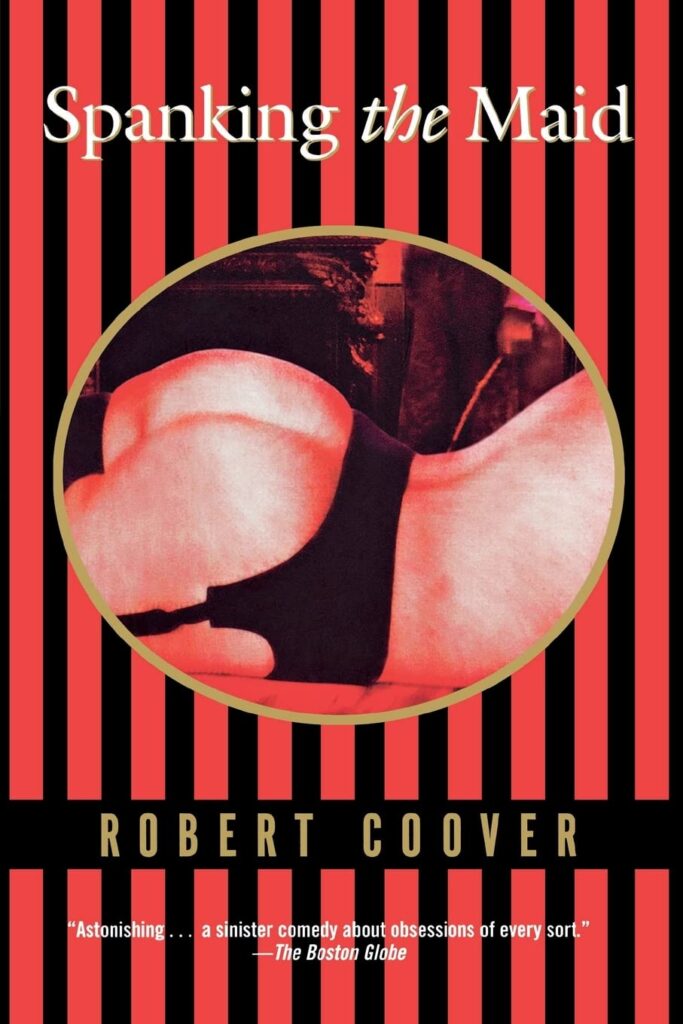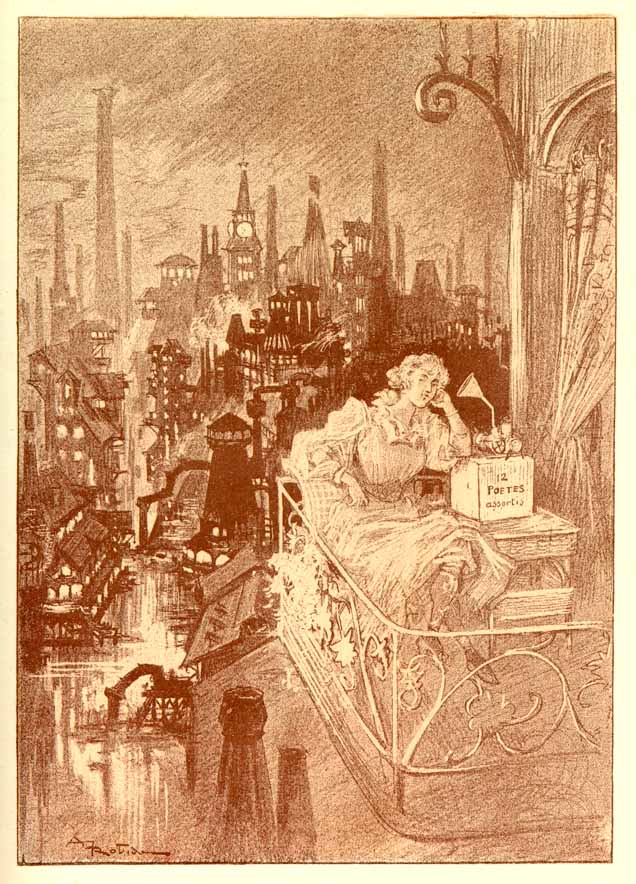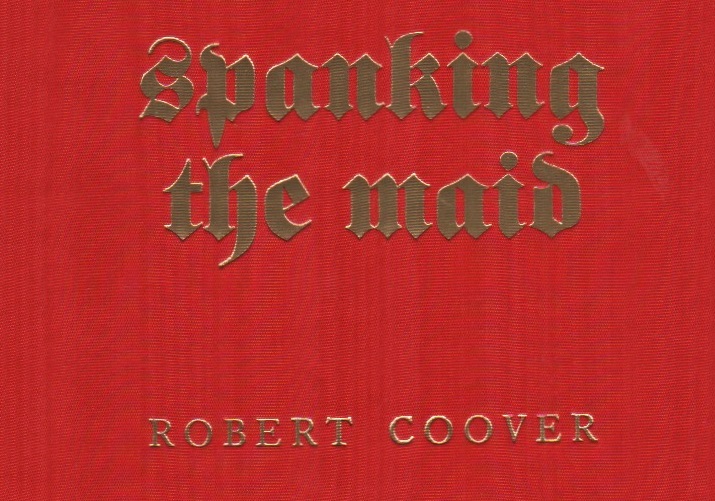


De Amerikaan Robert Coover stierf, fabulist en auteur van metafictie. Hij krijgt hier een plaats op het ereperk. Hoe kwam ik hem op het spoor?
Continue reading



De Amerikaan Robert Coover stierf, fabulist en auteur van metafictie. Hij krijgt hier een plaats op het ereperk. Hoe kwam ik hem op het spoor?
Continue readingLucia Bosè was an Italian actress with a long and fruitful career.
I choose to remember her by a documentary film she did not act in.
In Toute la mémoire du monde (1956), an identified photo of her is on the cover of a fictional book with the title Mars.
The cover of that book is unveiled at 9:42. The audience follows the book around the library as it makes its way to the shelves.
I’m currently reading De Zahir.
One sentence in “The Garden of Forking Paths” by Jorge Luis Borges caught my attention.
“I remembered too that night which is at the middle of the Thousand and One Nights when Scheherazade (through a magical oversight of the copyist) begins to relate word for word the story of the Thousand and One Nights, establishing the risk of coming once again to the night when she must repeat it, and thus on to infinity…”
Marina Warner in Stranger Magic points to “Readings and Re-Readings of Night 602” by Evelyn Fishburn which identifies the night Borges refers to as the “Tale of the Two kings and the Wazir’s Daughters“.
“By Allah, this story is my story and this case is my case,” shouts the king when he finds out that Scheherazade is telling him his frame tale.
Again in the words of Borges (from “Magias parciales del Quijote“) in which he calls that night a “magic night among the nights”:
“The King hears his own story from the Queen’s mouth. He hears the beginning of the story, which embraces all the others as well as – monstrously – itself. Does the reader really understand the vast possibilities of that interpolation, the curious danger – that the Queen may persist and the Sultan, immobile, will hear forever the truncated story of A Thousand and One Nights, now infinite and circular?”[1]
This passage illustrates the concepts of infinite regress, the Droste effect and metafiction.
I was in my teens. One day, on television, an Italian film. The central scene takes place at a movie theater. A cowboy in a Western film points his gun at the theatre and pulls the trigger, killing one of the viewers in the audience.
When examined by the police, the projection screen reveals a small bullet hole.
Each time the film with in the film is played back someone else is shot. The last victim, a policeman who knows the shot is coming and who tries to evade the gunman by running up and down the theatre is followed by the cowboy, who merely adjusts his aim and mercilessly guns the man down. The cowboy then throws his cigar butt through the screen, which — if my memory doesn’t fail me — is later found by the police.
The film left an indelible impression on my teen brain and only after many years I found out it is called Closed Circuit (central scene on Vimeo).
What this cowboy did was breaking the fourth wall. Breaking the fourth wall indicates self-awareness of the medium and can be found in all the arts. The practice is usually designated by the prefix “meta- ” + “art form x.”
There is metafiction, metapoetry, metatheatre, metafilm and metapainting. All of these have meta-references, meaning that they reference themselves, they are self-referential.
Related terms to self-referentiality include mise en abyme, the Droste effect, recursion, Matryoshka dolls, story within a story and tautology.
I like it a lot.